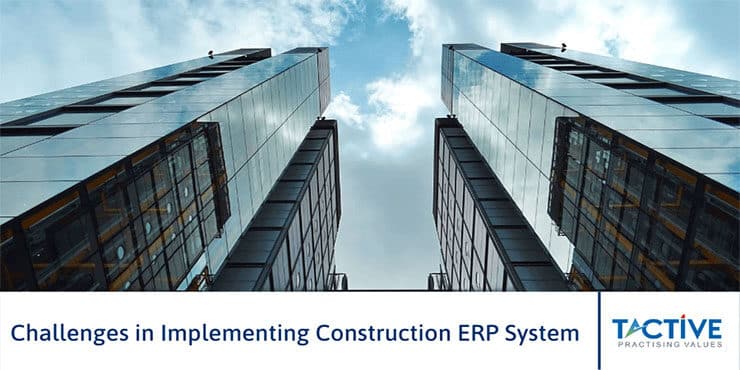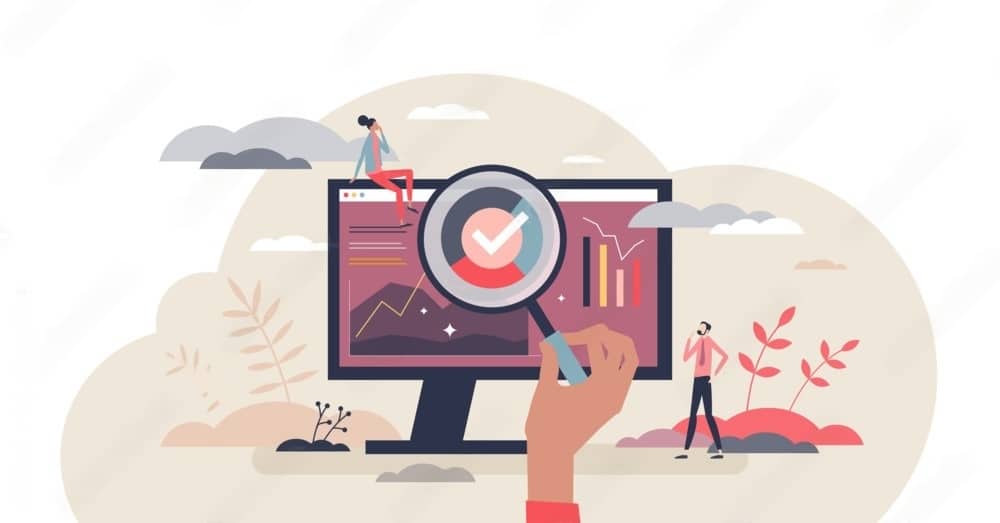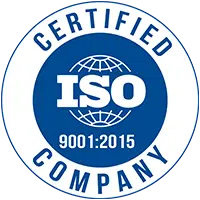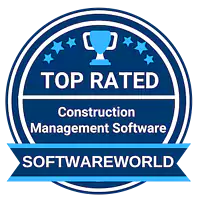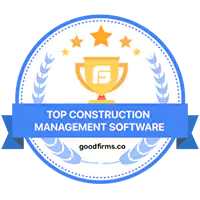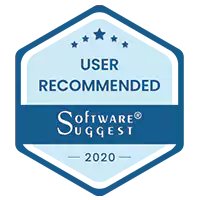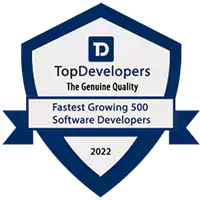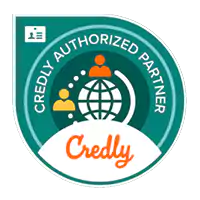Introduction
A Construction ERP system is an integrated business software module that facilitates an organization to use its resources efficiently for the effective execution of projects. Many researchers believe that ERP systems are standardized systems, utilizing a single database across the entire organization. But that is not the case when it comes to practically implementing the ERP. Although the benefits of ERP have led construction companies to move towards adopting them, many have cited failures in ERP implementations.
Factors of Challenges
1. Culture: Most construction leaders believe that manual labor can not be replaced with new-age technology. They are skeptical about the reliability of software systems. They are used to monitoring personnel and operations by being present on site. They are afraid that the ERP system may have a blind spot or two.
Solution: The first step towards breaking the cultural barrier is to educate the end-users about what exactly an ERP system is all about and enlighten them, that any ERP for that matter is never an option to replace the existing work-force, manpower, or operations, rather it is to enhance the productivity of these elements.
Eg: What a calculator is for an account, is exactly what an ERP is for a Contractor. The time officer’s efficiency is increased when the Daily Labor Report is digitized and calculated automatically instead of relying on a manual entry in primitive tools like the MSP, Excel, etc. This ensures time savings while minimizing errors.
2. Organization Structure: Before the implementation of ERP, the contractor would have had a different flow chart representing the organizational structure and the communication flow would have been unorganized or prone to exploitation by intermediaries in the hierarchy. However, over a while, the stakeholders would have grown comfortable with the structure.
Solution: This is where the implementation managers have to reiterate the importance of clarity and transparency inside the organization. Having a digital record of the work orders from the CEO to the time officer and site engineers will give clarity as to who processed the orders from which authority, along with a detailed description of what the orders originally contained.
Eg: The Daily Progress Report submitted digitally by the site engineer can be registered and tracked to see if it has reached the Quantity surveyor or the planning engineer along with the date and time of sending and receiving the same. This ensures the integrity of data transmission for enhanced clarity and transparency.
3.Project Management: This part deals with how the ERP is going to be rolled out in line with the firm’s vision and mission.
Solution: We claim that procurement, preparation, design, and evaluation in the digital format of project management and introducing the concept of automation can decrease the possibilities of project failure. As per multiple research papers, schedule and cost overruns are the biggest roadblocks for a contractor. More than 80%of the companies that underwent end-to-end digitization reported 95% accuracy in meeting the deadlines.
4.Training and Supporting Activities: Most implementation managers think inadequate skilled manpower to operate the ERP system happens to be yet another impediment in implementing the ERP to their customers.
Solution: The implementation team from the vendor’s side must ensure proper transfer of knowledge to the end- users to help the customer overcome the fear of operating an alien software. To make the knowledge transfer simpler and effective, the design of the ERP interface has to be simple, clear, and user-friendly.
- Tactive has developed a three-stage approach to implement the construction ERP for its customers. The ERP suite is offered as a customizable and configurable digital solution that can either be hosted via server (on-premise) or via Cloud (off-premise).
- Implementation is preceded by a thorough study of the client’s pain points, bottlenecks, nature of operation work-flow, and other aspects like the geographic and economic viability of the choice of implementation to guarantee the best user experience post-implementation.
- Post-implementation, User Acceptance Testing is carried out where the client operates the ERP system for real, and once the client is satisfied running the new business processes, go-live is planned.
Integration with existing software
- Tactive offers its customers the flexibility to integrate with existing software in use such as the MSP, Primavera, Tally, Sage, etc. to deliver the last mile benefits.
- Connection with Quantity takeoff software like Plan Swift, to make possible the import of data into Tactive ERP is also a reality.
- Biometric attendance devices, IoT, etc can also be integrated to establish overall synergy and end-to-end digitization of the organization.
Tactive User Training
We train the customer’s employees in operating the user-friendly system and make sure the transfer of knowledge is precise. We train every user on his/her specific role and the module they are likely to operate. User manuals and videos on how to operate the system are available and accessible from anywhere around the clock. Additional training, if required, is available on demand.
Technical Support by Tactive
In-person and remote technical support services. Configuration support for day-to-day changes in your business processes is available. Annual Maintenance Contracts (AMC) to provide support with assured Service Level Agreements (SLAs). Includes updates in the software, free technical support, and configuration assistance, or knowledge base clarification on demand.
Conclusion
In this article, the implementation of an ERP system is seen from a technology transfer standpoint. It is best accomplished when the need and the nature of the construction entity are communicated to the vendor. An ERP system’s implementation success depends partially on its technology to get customized as per the requirements of the customers, and partially on the implementation teams expertise to recommend the right inputs and debunk the myths that obscure the true potential of a construction ERP.
To witness our group of Product and Implementation experts on the action, explaining in depth what and how implementing the construction ERP software can assist you in achieving your goals, click: Construction ERP Software Demo for a free live demo.
